Understanding the Needs of Budgies and Small Companion Parrots
Before delving into the specifics of ideal toys, it's essential to understand the unique needs of budgies and small companion parrots. These birds are intelligent, curious, and highly social, requiring mental and physical stimulation to prevent boredom and behavioral issues. In the wild, parrots engage in various activities like foraging, playing, and socializing. Mimicking these natural behaviors is crucial for their overall well-being in captivity.
-
Mental Stimulation:
- Parrots need mental challenges to stay sharp and healthy.
- Toys that encourage problem-solving and exploration are highly beneficial.
- Rotate toys regularly to maintain their interest and curiosity.
-
Physical Exercise:
- Budgies and small parrots are active birds that need regular exercise.
- Toys that promote physical activity, such as swings and climbing structures, are essential.
- Interactive toys that encourage movement and play are ideal.
-
Social Interaction:
- Parrots are social creatures and thrive on interaction.
- Toys that encourage socialization, like mirrored toys or those designed for two birds, are excellent choices.
- Consider spending quality time playing with your bird to strengthen your bond.
-
Foraging Opportunities:
- In the wild, parrots spend a significant amount of time foraging for food.
- Toys that simulate foraging activities, such as puzzle feeders or treat-dispensing toys, are essential for mental stimulation.
Now that we understand the needs of these birds, let's explore various types of toys that are considered ideal for budgies and small companion parrots:
-
Chew Toys:
- Budgies and parrots have a natural instinct to chew.
- Provide safe and non-toxic wooden toys for them to chew on, promoting healthy beak maintenance.
- Consider toys with different textures and shapes to keep them engaged. Bird kabob is my birds' favorite chew toy.
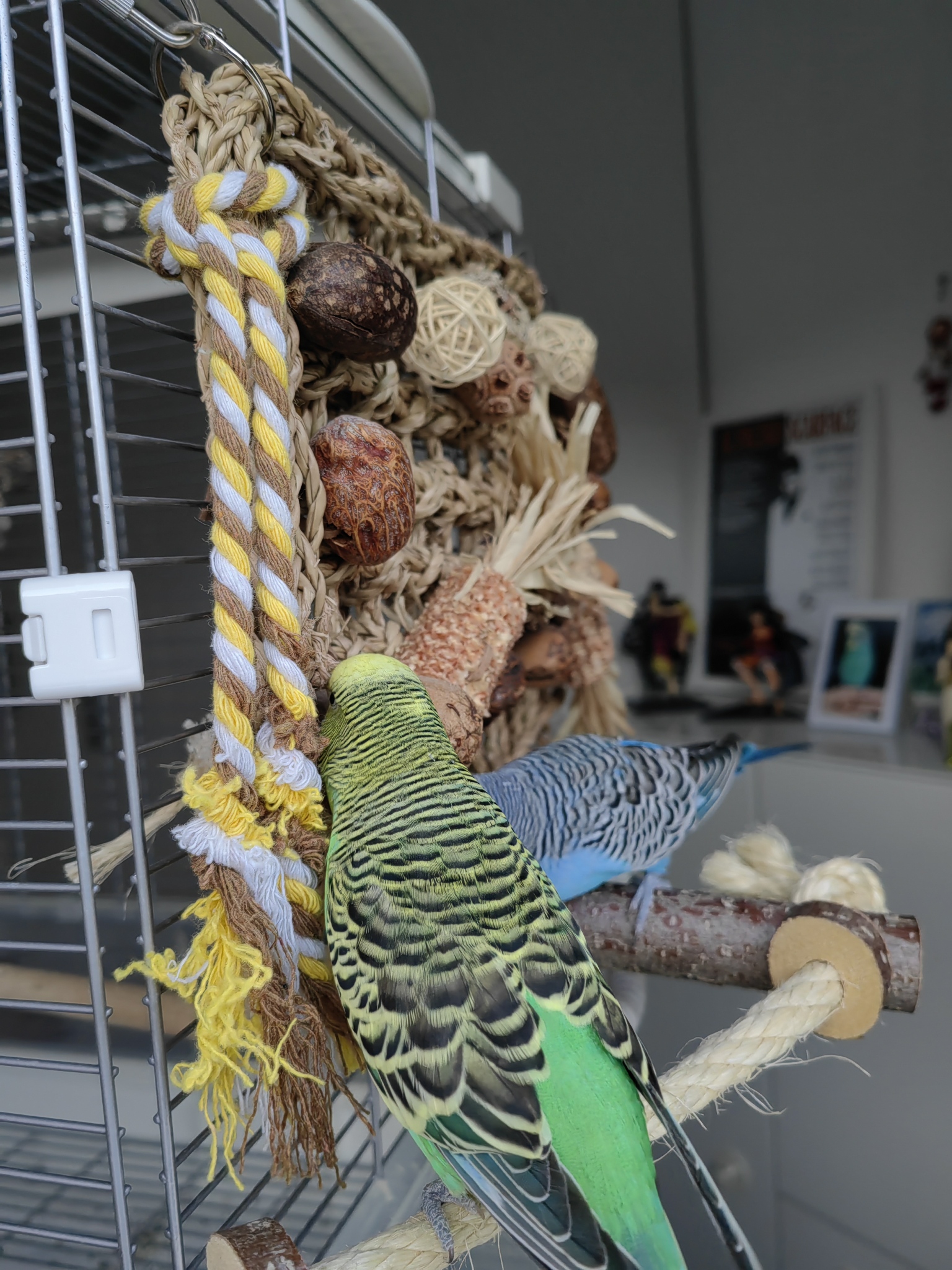
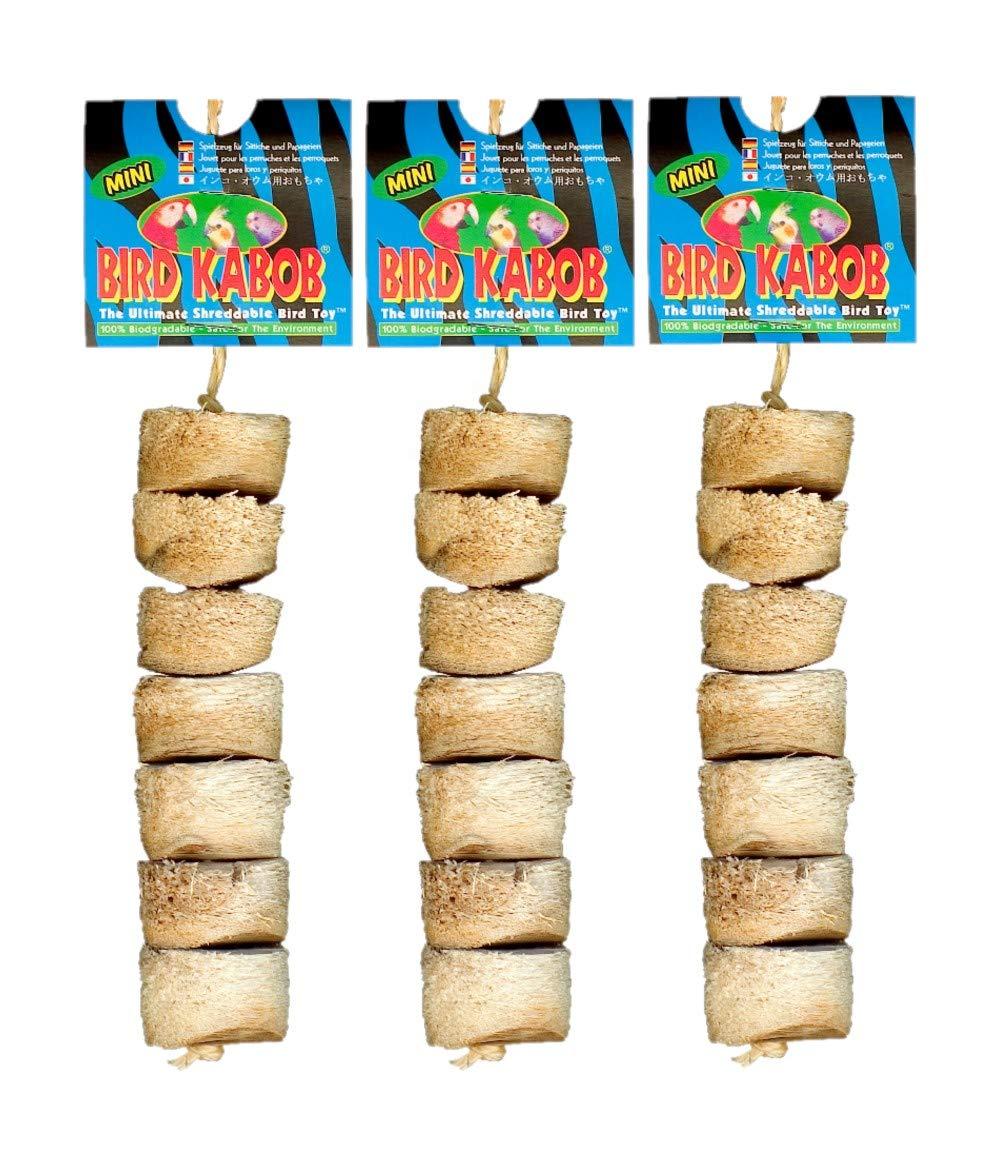
-
Swings and Perches:
- Swings provide an excellent source of physical exercise and entertainment.
- Natural wooden perches of varying diameters promote foot health and prevent discomfort.
- Choose swings and perches made from bird-safe materials.
-
Foraging Toys:
- Stimulate their foraging instincts with toys that hide treats or food.
- Puzzle feeders and foraging balls encourage mental stimulation and physical activity. JW Pet Company's foraging toy is by far the best one.
- Rotate the type of foraging toys to maintain interest.
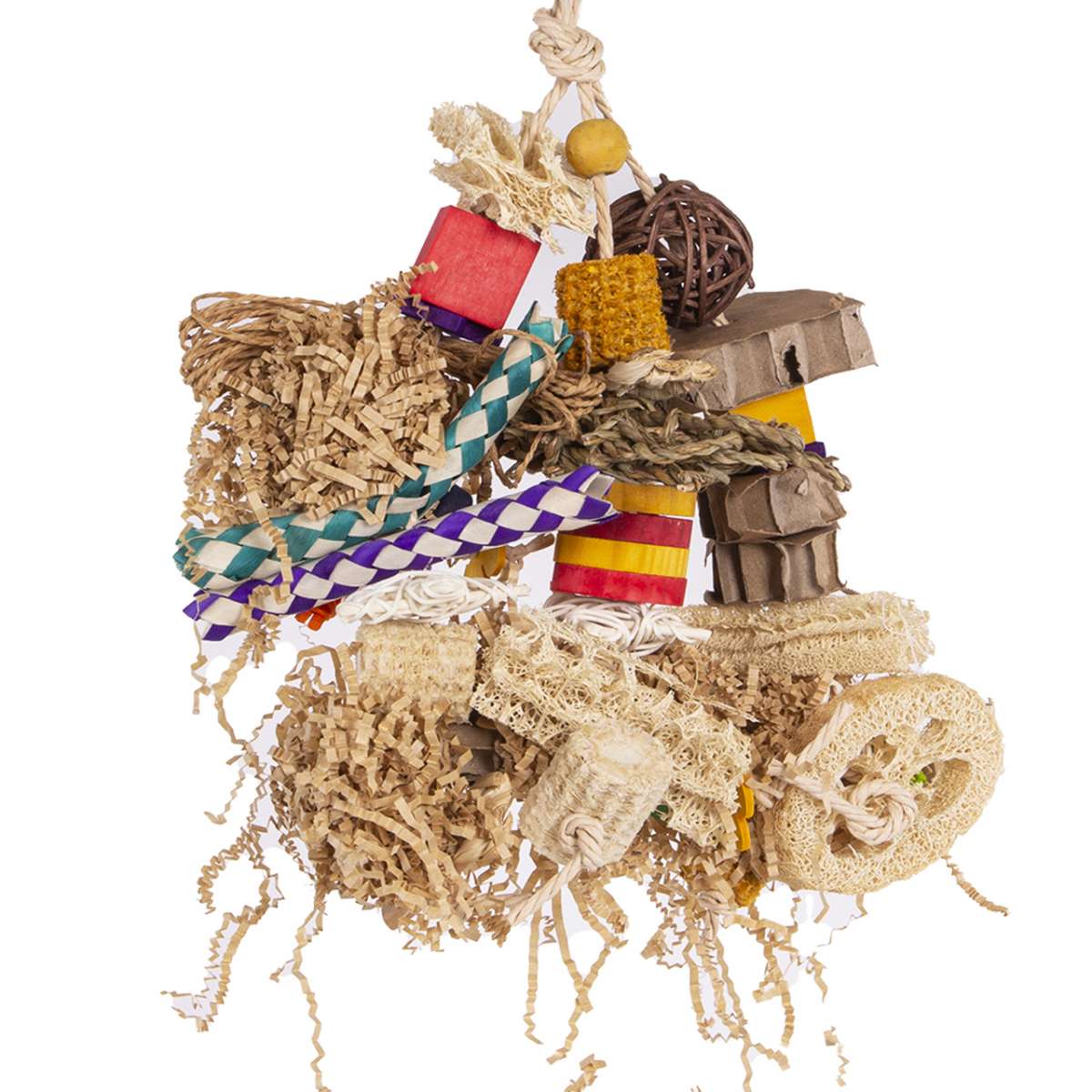
-
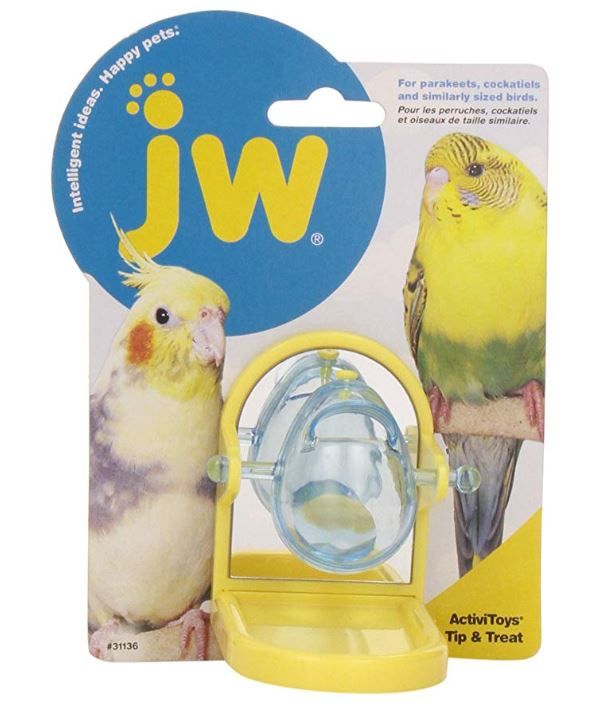 Interactive and Puzzle Toys:
Interactive and Puzzle Toys:
- Toys that require problem-solving skills keep their minds active.
- Puzzle toys with hidden compartments or those that can be dismantled and reassembled are excellent choices.
- Interactive toys that respond to their actions, such as bells or toys with noise elements, add an extra layer of engagement.
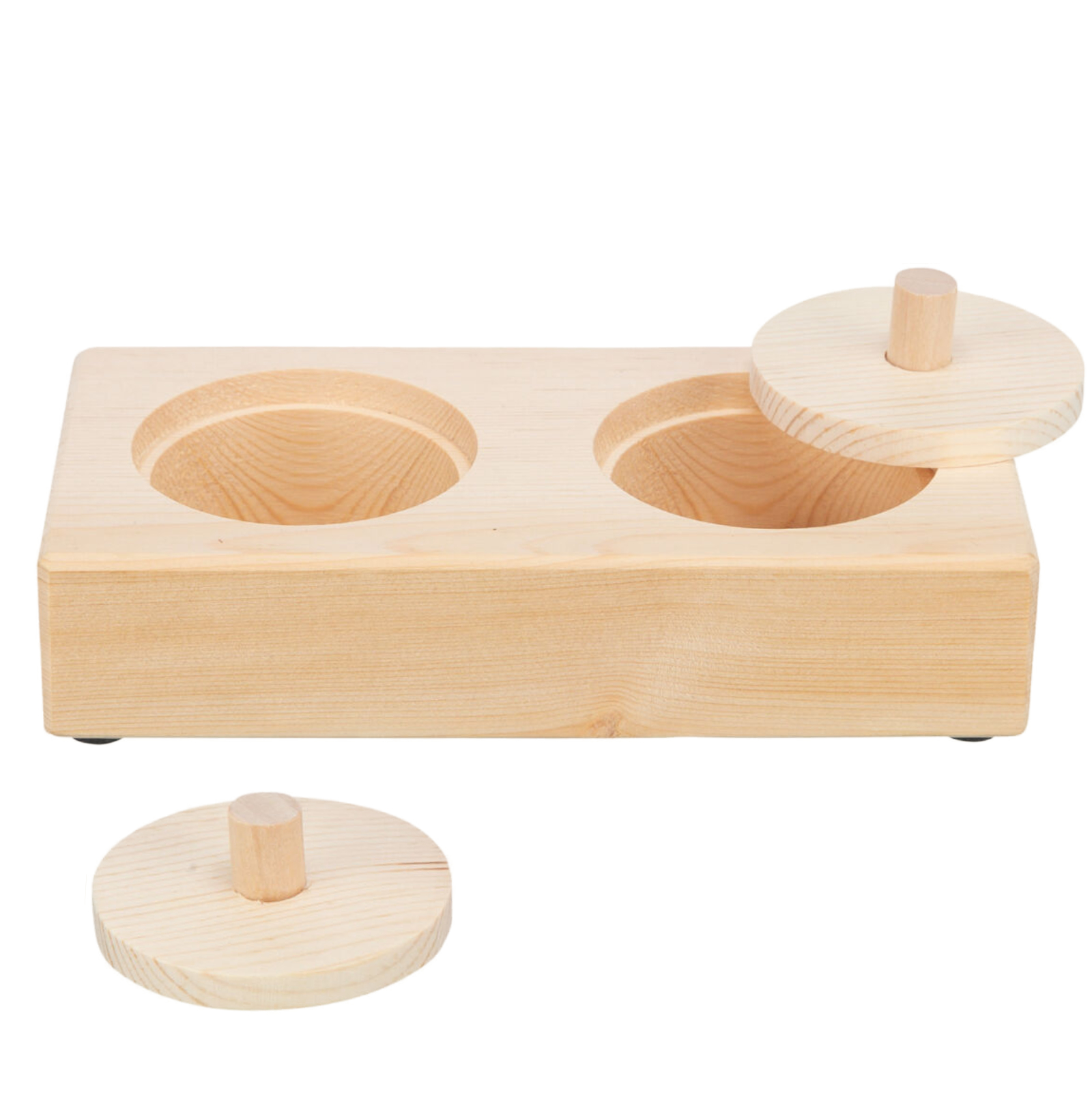
-
Social Toys:
- Social toys that encourage interaction, such as double-sided toys or toys with bells, are great for pair or group play.

-
Noise-Making Toys:
- Parrots are naturally vocal, and toys that make noise can be stimulating.
- Choose toys with bells, rattles, or even musical elements to cater to their auditory senses. JW Pet Company makes the best interactive toys for budgies.
- Be mindful of the noise level to avoid stress.
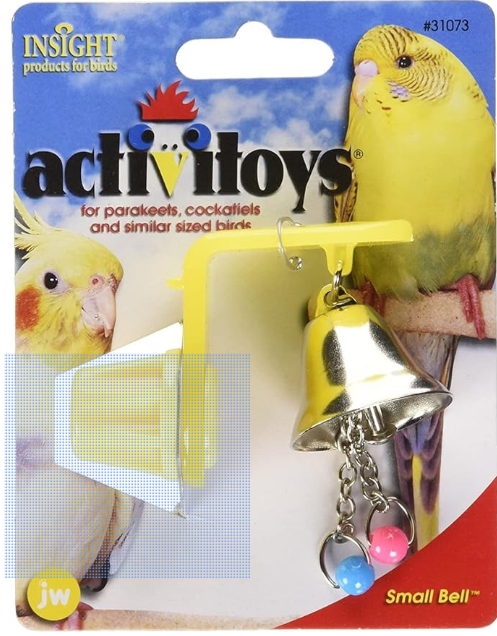
-
Colorful and Textured Toys:
- Birds are attracted to vibrant colors, and toys with different textures add variety.
- Consider toys made from safe, non-toxic materials with a mix of colors and textures to engage their visual and tactile senses.
-
Educational and Training Toys:
- Teach your parrot new tricks or reinforce existing behaviors with training toys.
- Toys that dispense treats as a reward for correct actions can be both educational and enjoyable.
- Use positive reinforcement to create a positive learning experience.
Chew Toys
-
Natural Wooden Blocks:
- Small wooden blocks made from safe, untreated wood provide a satisfying chewing experience.
- Birds enjoy pecking and gnawing on the wood, promoting beak health.
- Look for blocks with various shapes and sizes to add variety. My personal favorites are toys made of cork.


-
Vine Balls:
- Woven vine balls are lightweight and perfect for budgies to chew and shred.
- These balls provide both a chewable and manipulative experience, engaging their beaks and claws. See vine ball toy above.
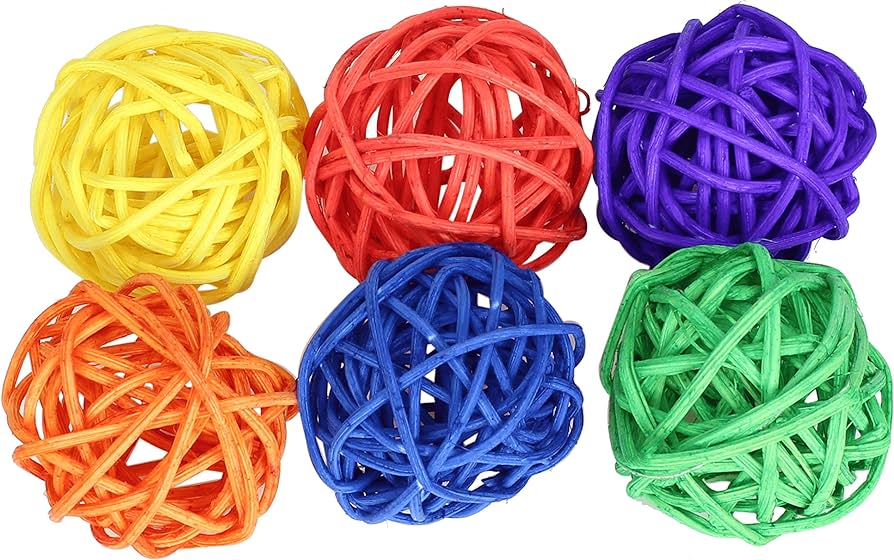
-
Balsa Wood Toys:
- Balsa wood is soft and lightweight, making it easy for budgies to chew.
- Toys made from balsa wood can be shredded, providing entertainment and promoting natural behaviors.
-
Mineral Blocks:
- Mineral blocks with added calcium and other essential minerals are beneficial for budgies.
- Chewing on mineral blocks not only satisfies their chewing instincts but also contributes to their overall health.
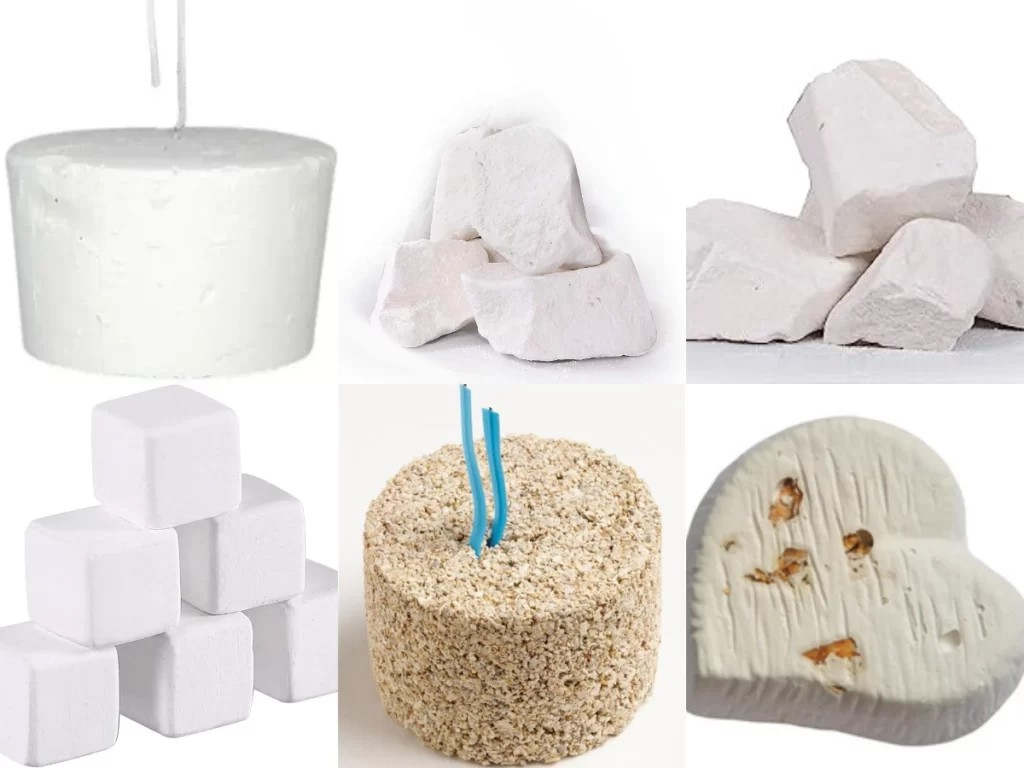
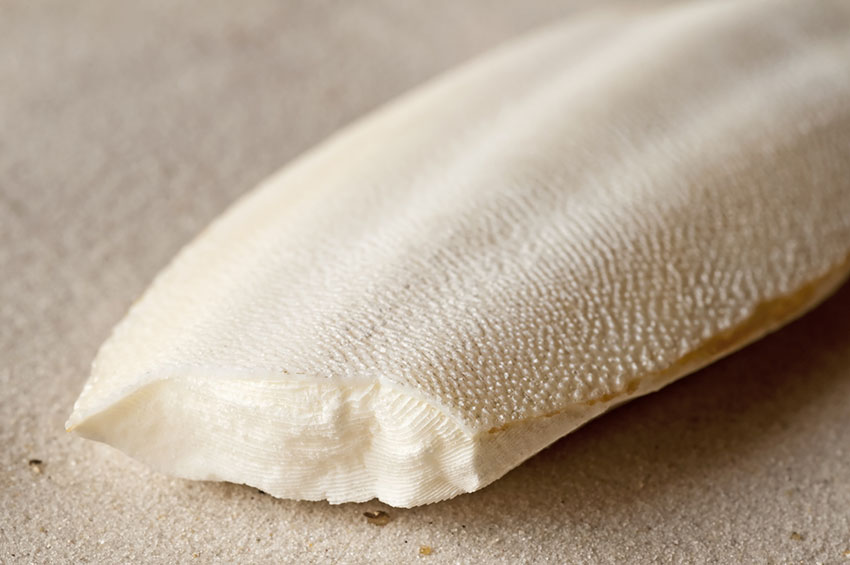
-
Pine Cones:
- Natural pine cones make excellent chew toys for budgies.
- Ensure they are clean, dry, and free from any harmful substances. Attach them to the cage for added interest. Buy them at a pet store and never collect them directly from nature.
-
Pumice Stone Perches:
- Pumice stone perches serve a dual purpose by providing a comfortable perch and a chewable surface.
- The rough texture of the pumice helps keep their beaks and nails in good condition.
-
Cardboard Toys:
- Cardboard is safe for budgies to chew and shred.
- Offer cardboard toys with safe, non-toxic dyes or simply create DIY toys by hanging cardboard pieces in the cage.
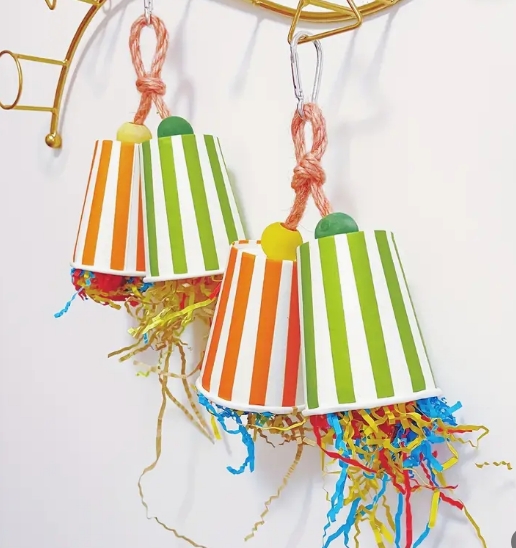
-
Seagrass Mats:
- Seagrass mats are woven, providing a chewable and shreddable surface.
- These mats can be attached to the cage bars or placed on the floor for budgies to explore and chew.

-
Loofah Slices:
- Slices of natural loofah are safe and enjoyable for budgies to chew.
- Loofah provides both a satisfying texture for their beaks and a fun, shreddable element.

-
Corn Husk Toys:
- Toys made from corn husks are another natural and safe option for budgies.
- Birds can enjoy picking at the husks, providing a chewable and entertaining experience.
.jpg)
Swings
-
Classic Wooden Swings:
- A simple wooden swing with a comfortable perch provides a natural and traditional option for budgies.
- Ensure that the swing is appropriately sized for budgies, allowing enough space for them to swing comfortably.
-
Rope Swings:
- Rope swings offer a different texture and a bit of flexibility for budgies to enjoy.
- Make sure the ropes are bird-safe and do not have any frayed ends that could pose a hazard.
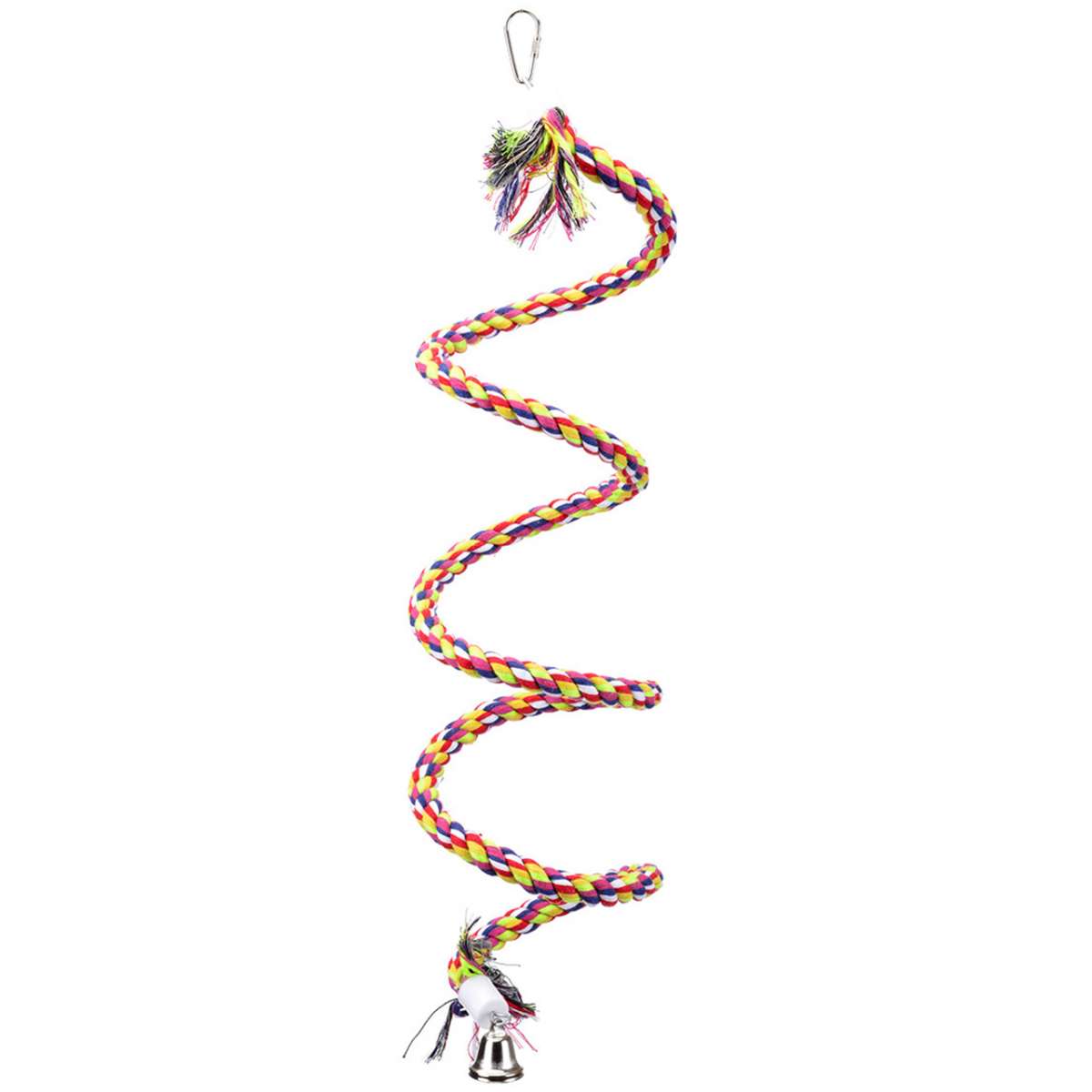
-
Acrylic Swings:
- Clear acrylic swings add a modern touch to the cage and allow for easy visibility of your budgie.
- Choose swings with multiple perches for added interest.
-
Hanging Play Gyms:
- Combination swings and play gyms provide extra features like bells, mirrors, and additional perches.
- These versatile toys engage budgies in both physical and mental activities.
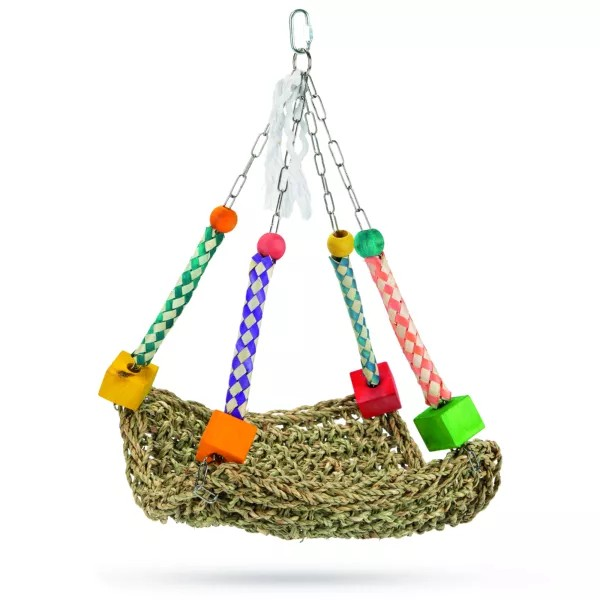
Perches
-
Natural Wooden Perches:
- Offer perches of varying diameters to promote foot health.
- Natural wooden perches mimic branches found in the wild, and the different textures provide a comfortable grip.
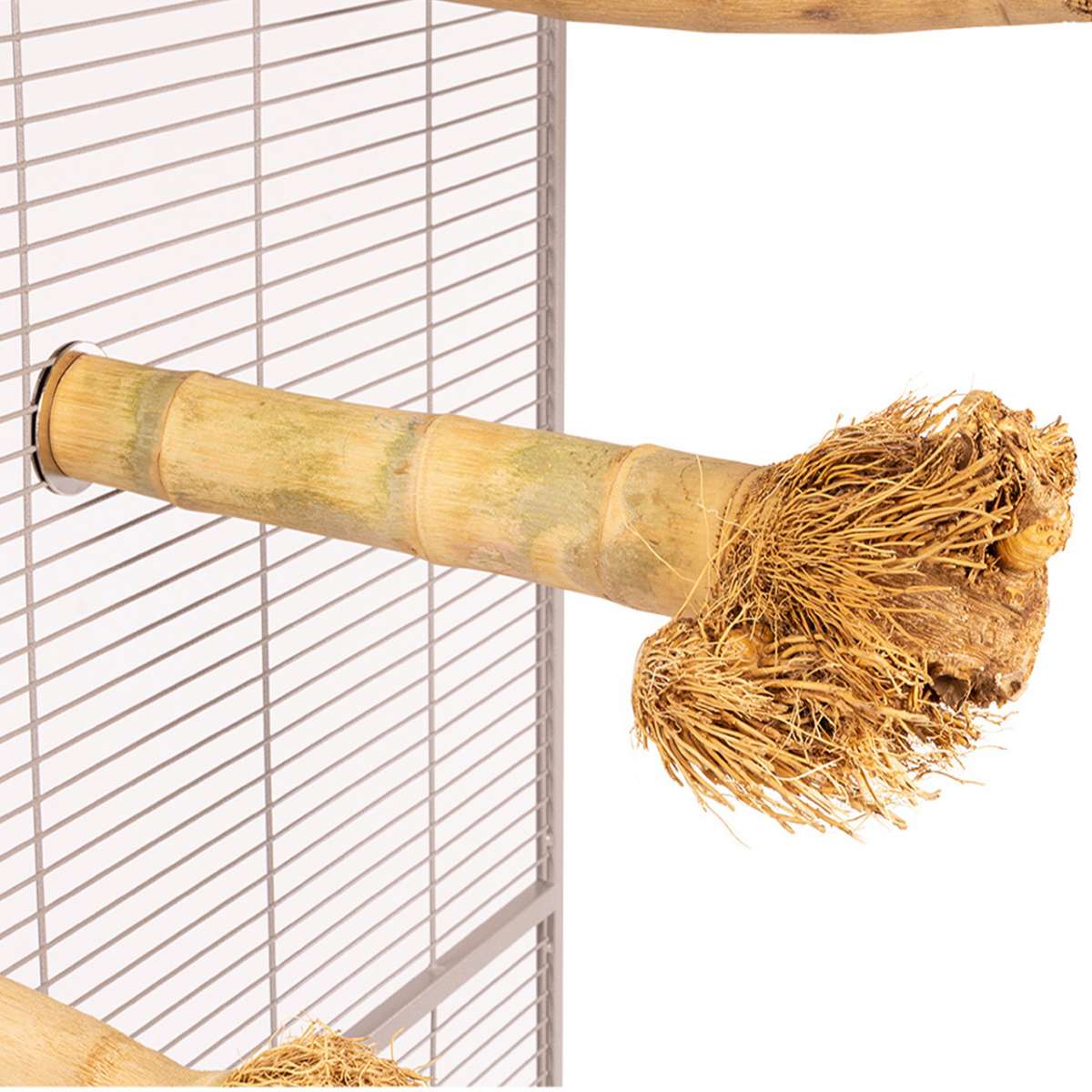

-
Cement Perches:
- Cement perches help keep your budgie's nails trim while providing a stable surface.
- Position cement perches at different heights to encourage movement and exercise.
-
Thermo-Perches:
- I don't recommend thermo perches.
-
Flexible Rope Perches:
- Flexible rope perches allow you to create interesting shapes and designs within the cage.
- Birds enjoy climbing and exploring on these perches, which also provide a comfortable place to rest.
-
Window Perches:
- Window perches with suction cups can be attached to a glass surface outside the cage, allowing budgies to enjoy a change of scenery.
- Ensure the suction cups are secure and regularly check for stability.

-
Multi-Branch Perches:
- Multi-branch perches mimic the complexity of natural branches and encourage birds to move around and exercise.
- These perches provide different levels for climbing and perching.
-
Swing Perches:
- Combining the features of both a swing and a perch, swing perches provide a dynamic environment for budgies.
- Birds can swing, perch, and interact with other toys attached to the swing.
Foraging Toys
Foraging toys are an excellent addition to a budgie's cage as they stimulate natural behaviors, provide mental enrichment, and encourage problem-solving. Here are some examples of foraging toys suitable for budgies:
-
Foraging Balls:
- Hollow plastic or rubber balls with openings for placing treats inside.
- Budgies can roll, peck, and manipulate the ball to access the hidden treats.
-
Puzzle Feeders:
- Devices with compartments or drawers that hide seeds or treats.
- Budgies must figure out how to open or manipulate the feeder to access the rewards.
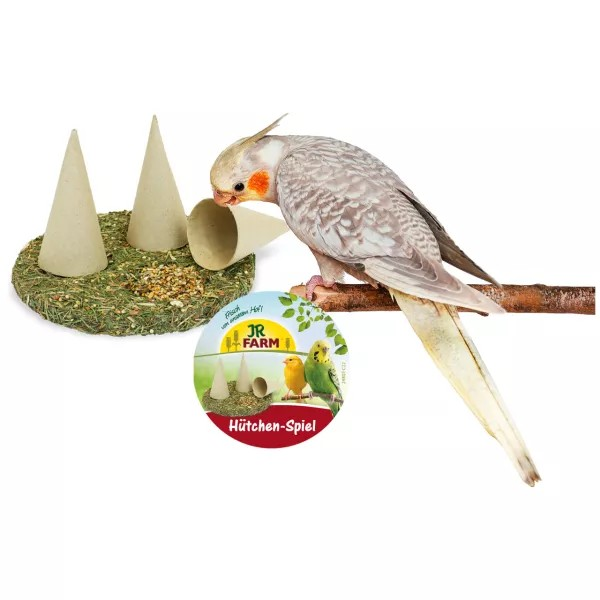
-
Shreddable Foraging Toys:
- Toys made from safe, shredable materials like cardboard or paper.
- Budgies can tear and shred the material to find hidden treats or seeds within.
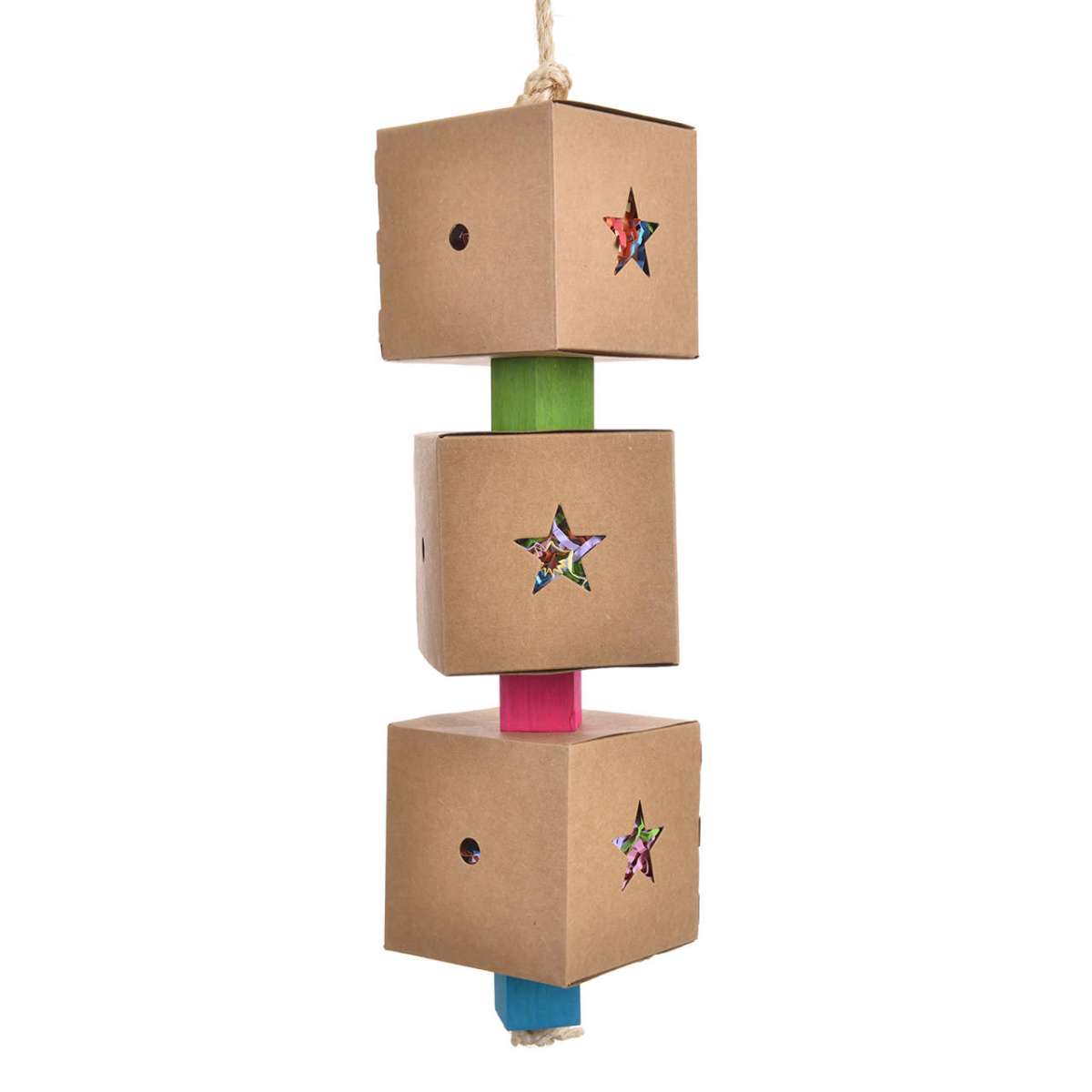
-
Coconut Hideaways:
- Hollowed-out coconut shells with openings for inserting treats.
- Budgies can explore the coconut, using their beaks to extract hidden goodies.
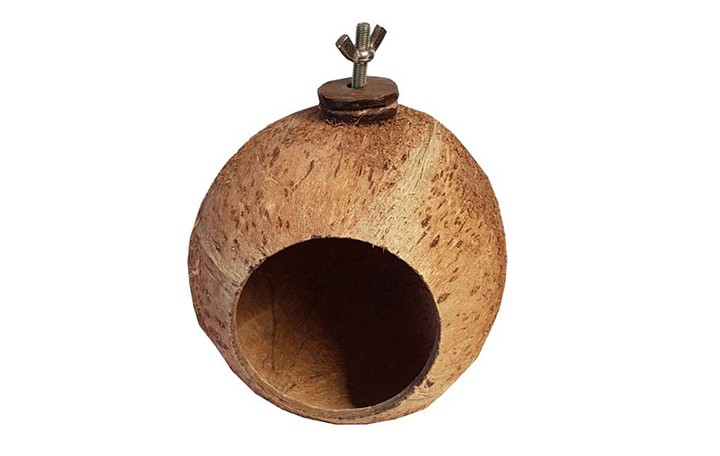
-
Foraging Cups:
- Small cups or containers attached to the cage bars that hold treats.
- Budgies can learn to remove the treats from the cups through trial and error.
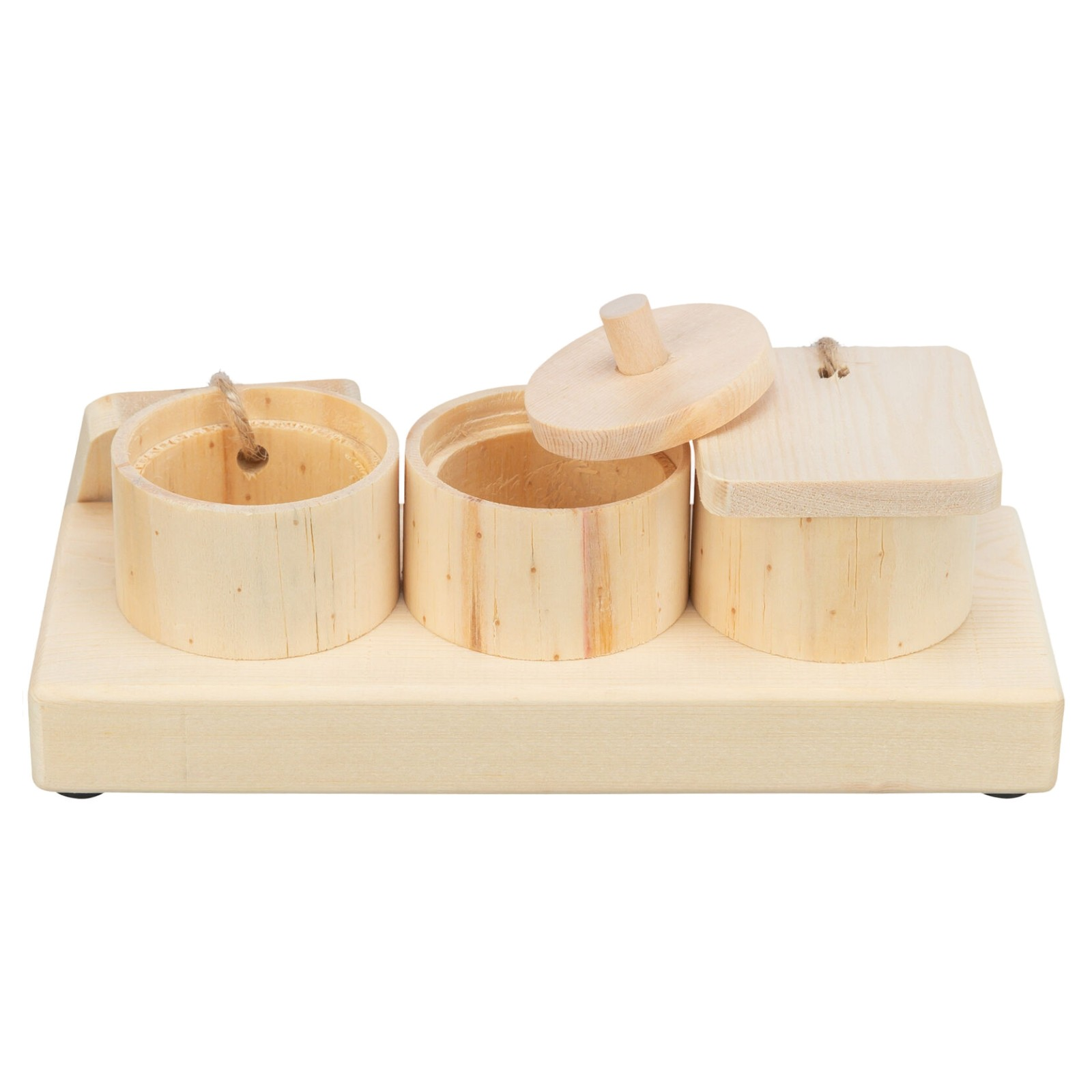
-
Bamboo Foraging Toys:
- Toys made from bamboo or other safe, natural materials with hidden compartments.
- Budgies can explore the toy, uncovering seeds or treats along the way.
-
Seed Dispensers:
- Plastic or acrylic dispensers that release seeds when manipulated by the budgie.
- These toys provide both mental stimulation and a reward for the bird's efforts.
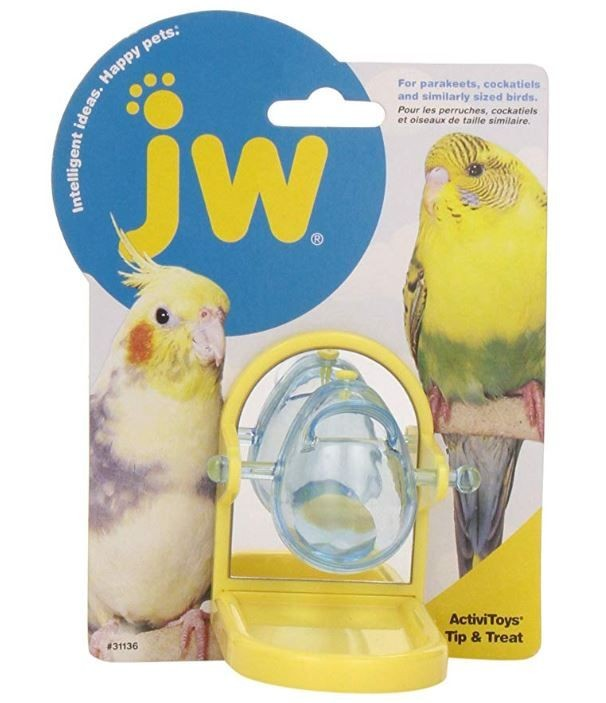
-
Foraging Mats:
- Mats made from safe materials like seagrass with hidden pockets for hiding treats.
- Budgies can pick and search through the mat to find their favorite snacks.
-
Puzzle Rings:
- Interlocking rings that can be filled with treats.
- Budgies need to figure out how to separate the rings to access the hidden treats.
-
Foraging Boxes:
- Small boxes with openings or lids that can be filled with seeds or treats.
- Budgies must explore and manipulate the box to access the hidden rewards.
-
Paper Roll Foragers:
- Empty paper rolls filled with treats and folded or closed at the ends.
- Budgies can chew and manipulate the paper roll to get to the treats inside.
-
Edible Foraging Toys:
- Toys made from safe edible materials, such as baked treats or edible cardboard.
- Budgies can chew and nibble on the toy, gradually revealing hidden treats.
Interactive Puzzle Toys
- Foraging Wheels:
- A wheel-shaped device with compartments for hiding treats.
- Birds must turn the wheel to access the hidden treats.
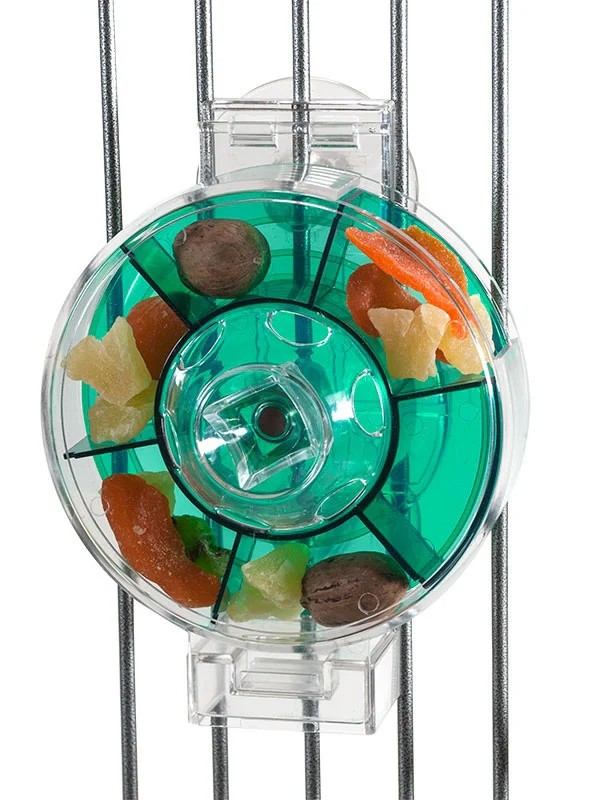
-
Slide and Seek Feeders:
- A puzzle feeder with sliding compartments that conceal treats.
- Birds use their beaks and feet to move sliders and reveal rewards.
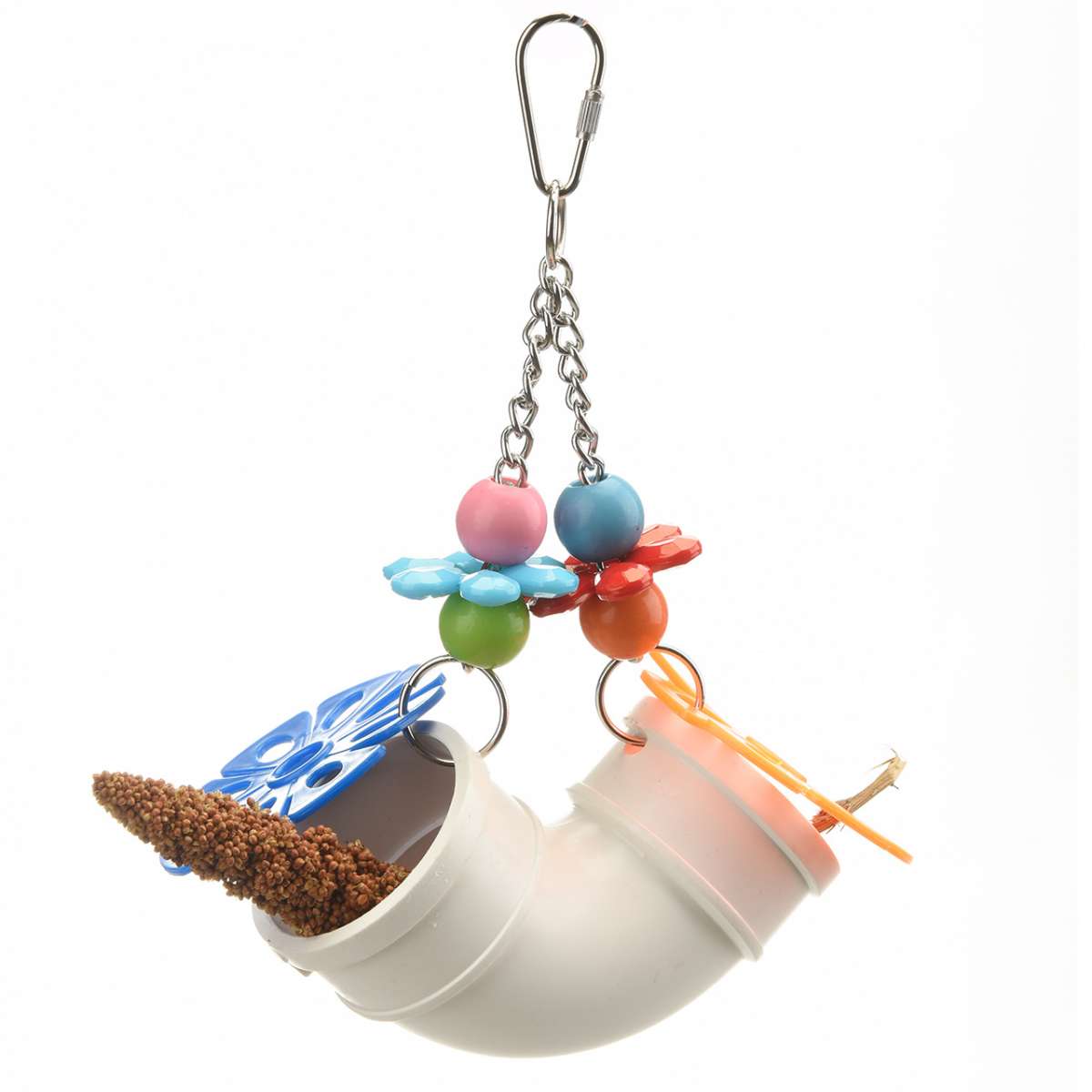
-
Rotate and Slide Puzzles:
- Puzzles with sliding or rotating parts that hide treats.
- Birds manipulate the puzzle to uncover hidden snacks.
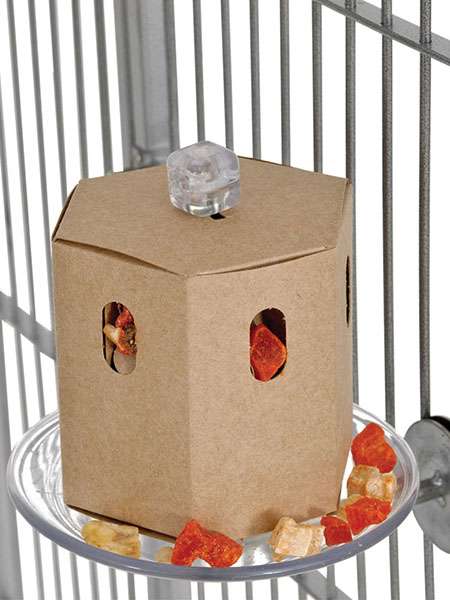
-
Treat Dispensing Balls:
- Hollow balls with openings for treats to dispense when the bird interacts with the ball.
- Birds roll, peck, or push the ball to get the treats to fall out.
-
Puzzle Boxes:
- Boxes with various compartments and openings that can be filled with treats.
- Birds must figure out how to open different sections to access the hidden goodies.
-
Interactive Foraging Wheels:
- A wheel-like device with multiple levels, each containing hidden treats.
- Birds spin the wheel to access treats on different levels.
-
Flip and Find Toys:
- Toys with flip-open lids or compartments that hide treats.
- Birds learn to flip open the lids to reveal their rewards.
-
Color-Matching Puzzles:
- Puzzles that require birds to match colors or shapes to access treats.
- Birds learn to associate specific actions with obtaining rewards.
-
Stacking Cups:
- Stackable cups with treats placed between them.
- Birds must remove the cups one by one to get to the treats.
-
Puzzle Perches:
- Perches with treat holders that require birds to manipulate the perch to release treats.
- Birds can enjoy both perching and problem-solving.
-
Maze Toys:
- Toys with maze-like structures that hide treats within.
- Birds navigate through the maze to find the hidden treats.

Bird Playgrounds
The ideal budgie playground includes:
- Variety of Perches: Natural wood, swing perches of different sizes and textures.
- Toys and Activities: Chew toys, foraging toys, puzzle toys.
- Climbing Structures: Ladders, ropes, vines, and platforms.
- Interactive Elements: Bells, chimes, and interactive toys.
- Safety: Use non-toxic materials, ensure sturdy construction and appropriate sizing.
- Comfort and Accessibility: Include soft spots and easy access between areas.
- Space to Fly: Ensure an open area for flights.
Regularly clean and rotate toys, and monitor for any wear and tear to keep the playground safe and engaging. We have the Trixie budgie playground.
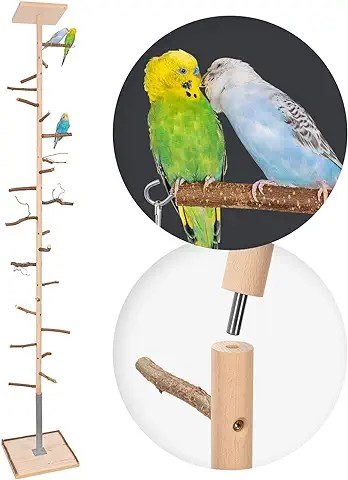
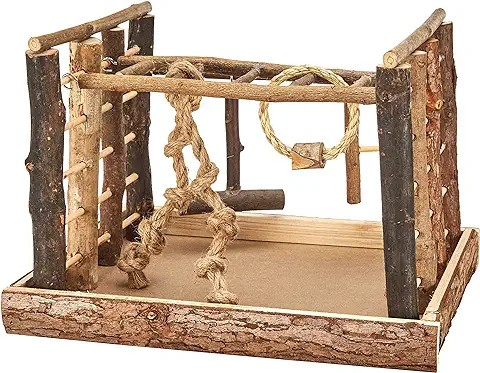


Unsafe Toys and Accessories
-
Small, Loose Parts:
- Toys with small parts that can be swallowed or become choking hazards.
-
Toxic Materials:
- Toys made from treated wood, certain metals (lead, zinc), or plastics that can be harmful if ingested.
- Painted toys unless the paint is non-toxic and specifically bird-safe.
-
Frayed or Thin Ropes:
- Ropes that can fray easily or are too thin, as they can cause entanglement or injury.
-
Mirrors:
- While some budgies enjoy mirrors, overuse can lead to obsessive behavior and reduced social interaction with humans and other birds. Never use mirrors.
-
Glitter or Beads:
- Toys with glitter or beads that can be ingested and cause digestive issues.
-
Bell Clappers:
- Bells with easily removable clappers, as budgies can remove and swallow them.
-
Caged or Sealed Toys:
- Toys that have inaccessible parts where food or droppings can get trapped, leading to mold and bacteria growth.
Inappropriate Perches
-
Sandpaper Perches:
- These can cause irritation and sores on a budgie’s feet.
-
Plastic Perches:
- Lack of variation in texture and size, which can lead to foot problems.
-
Dowel Perches:
- Smooth, uniform perches that do not provide the necessary variation for healthy foot exercise.
- Thermo Perches: risk of burning the feet in case of malfunction.
Other Accessories to Avoid
-
Open Water Containers:
- Can be easily soiled and pose a drowning risk; use bird-specific water dispensers instead.
-
Mirrored or Reflective Surfaces:
- As mentioned, overuse of mirrors can lead to obsessive behaviors.
-
Unsafe Swings and Ladders:
- Swings and ladders that are poorly constructed or have sharp edges.